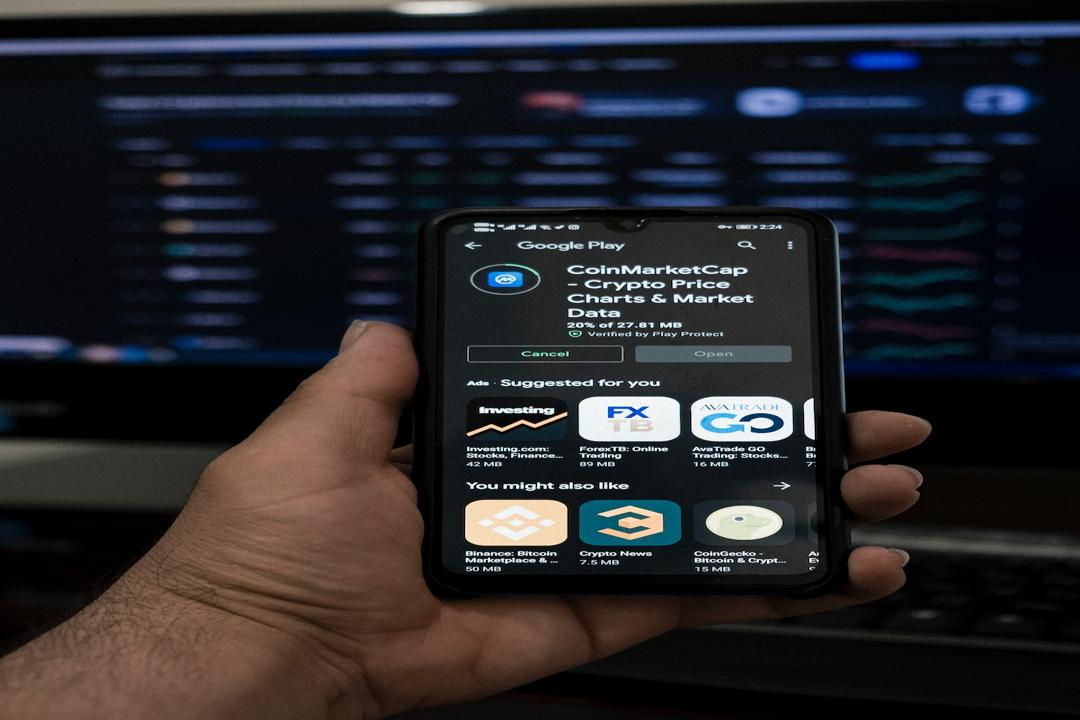Disclaimer: The opinions expressed in this article are the author’s own and do not necessarily reflect the views and opinions of the editorial team at crypto.news.
Bitcoin has become a popular hedge against inflation since its inception in 2009. In fact, it is now even recognized as legal tender in countries like El Salvador. As of March 2024, the market valuation of Bitcoin’s circulating supply has reached $1.4 trillion, making it the 8th most valuable asset in the world, surpassing silver.
Despite Bitcoin’s dominance in the cryptocurrency market, a large portion of it remains unused in user wallets. This is mainly due to the network’s limited scalability, lack of support for programmable smart contracts, and a block finality time of 10 minutes. These factors have hindered developer activity on Bitcoin and have prevented the growth of decentralized finance services on the platform.
To address this issue, developers have been working to improve Bitcoin’s functionality and performance in order to make it suitable for decentralized finance (defi) applications. For example, the Segregated Witness (SegWit) update in July 2017 reduced transaction time and increased the block capacity, while the Taproot upgrade in November 2021 introduced new protocols to enhance Bitcoin’s capabilities.
In addition, developers have been creating new protocols and layer-2 solutions to enable smart contract functionalities on Bitcoin. These efforts aim to expand Bitcoin’s utility and enhance its scalability, marking the beginning of the Bitcoin defi era.
While the total value locked in defi protocols surpassed $80 billion in February 2024, it’s important to note that this figure does not include liquidity from Bitcoin reserves. Most of the funds for defi apps come from Ethereum, with nearly 60% market dominance. However, if defi protocols were able to access even a fraction of Bitcoin’s market cap, the total value locked would reach unprecedented levels.
According to a report by Spartan Research, Bitcoin defi presents a 7-fold growth opportunity without accounting for any additional liquidity influx. This shows that the potential for Bitcoin defi is immense, and the market will continue to expand as more smart contract functionalities and scalable defi apps are launched in 2024.
Protocols like Ordinals, Runes, and layer-2 networks like Stacks are crucial for the growth of Bitcoin defi. They enable users to tap into the vast underutilized Bitcoin reserves while leveraging the security and decentralization of the underlying Bitcoin chain. While some Bitcoin maximalists may have concerns about the impact of memecoins and NFTs on the network, the development of playful crypto applications can lead to more user participation in Bitcoin-based financial services.
As we approach the defi summer, the true potential of Bitcoin defi will start to unravel as Bitcoin-based permissionless financial services become accessible to users across the globe.

